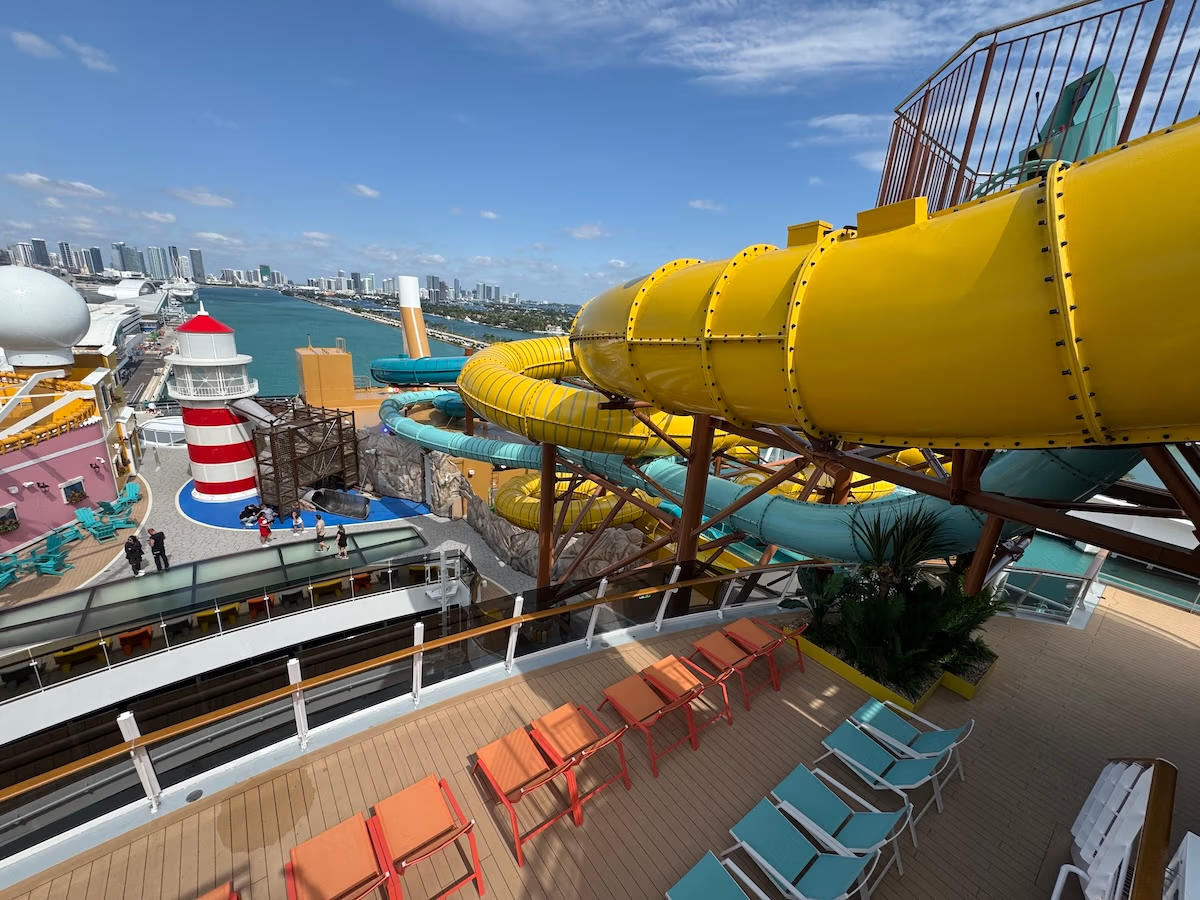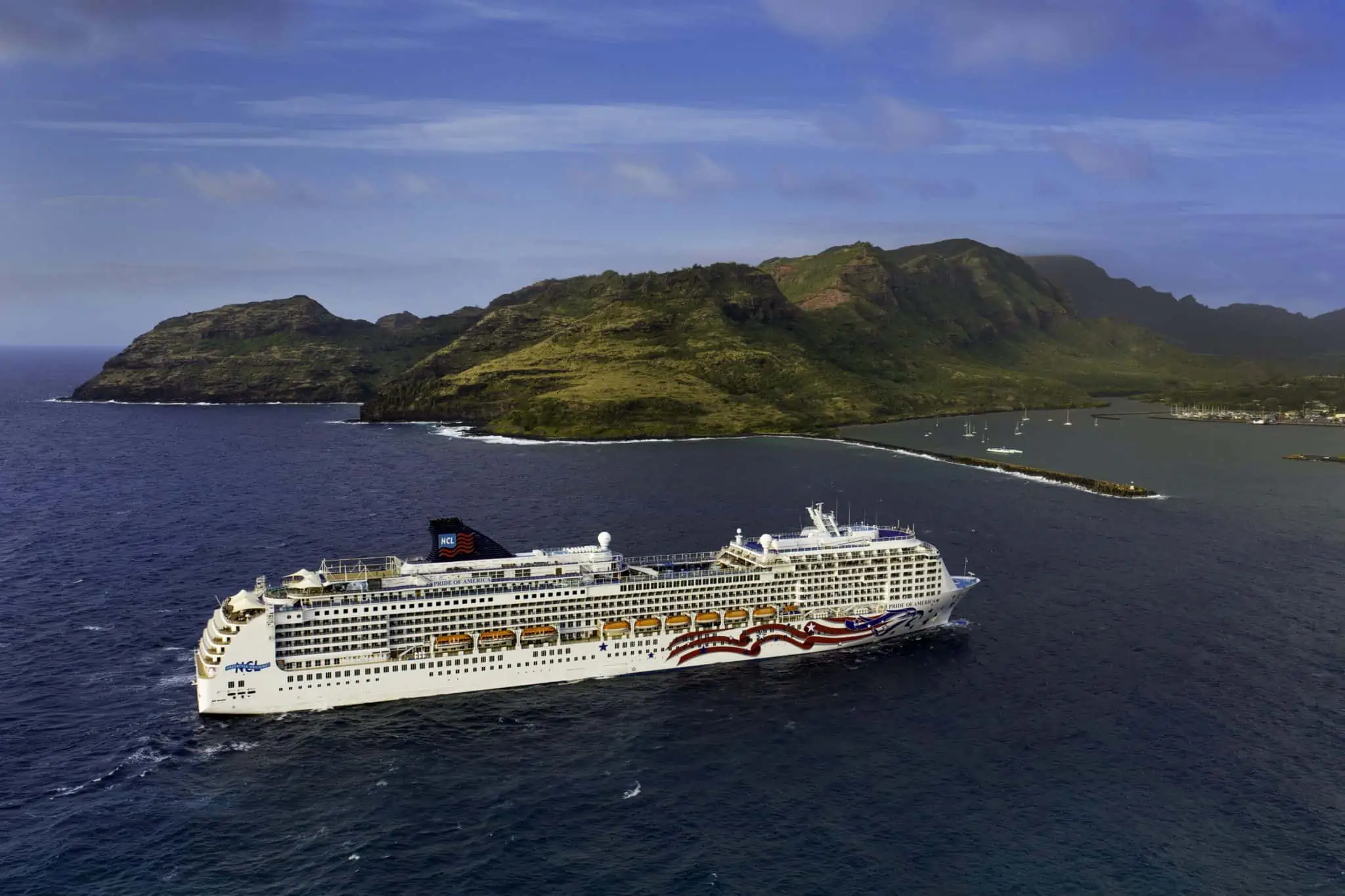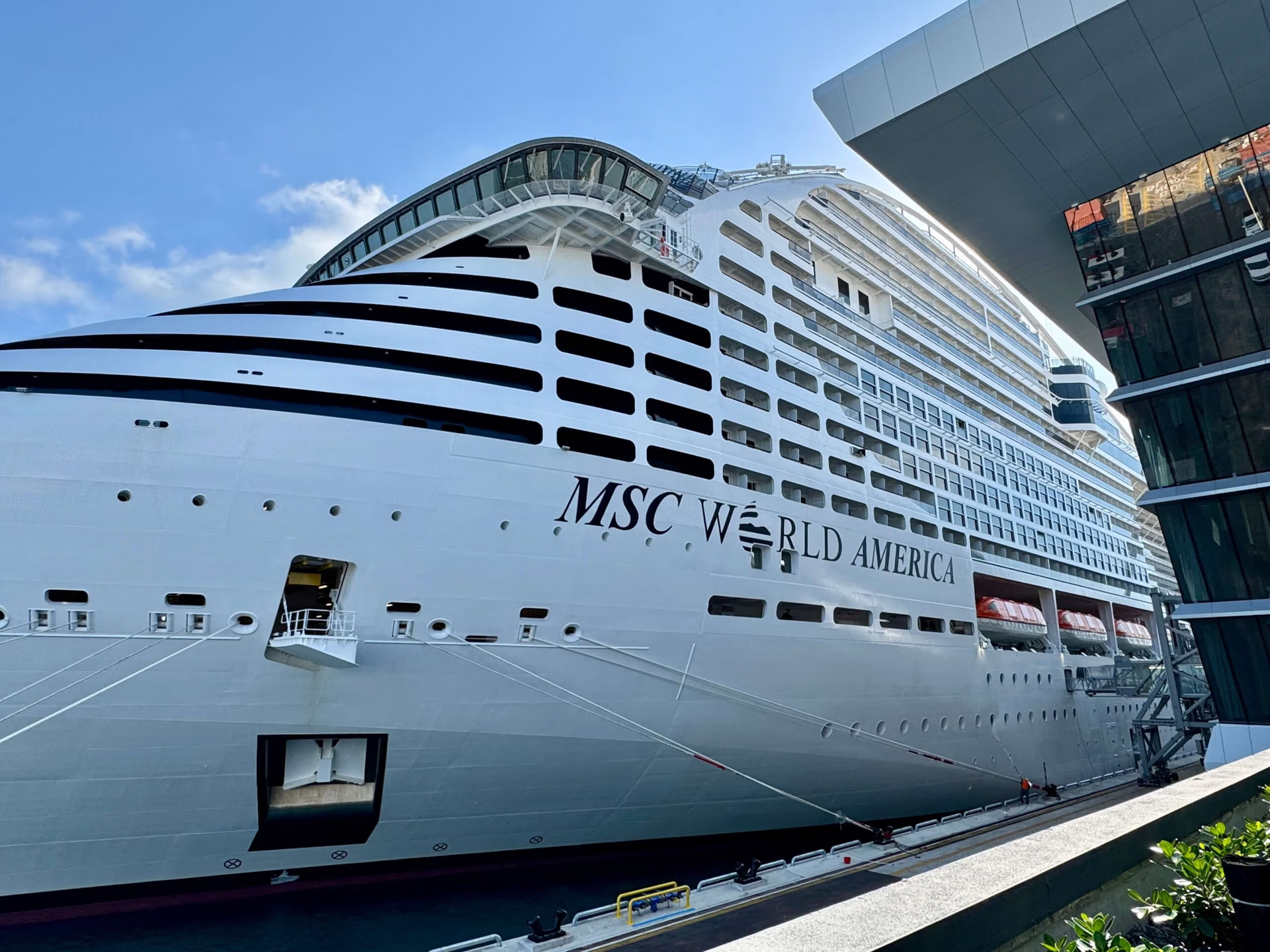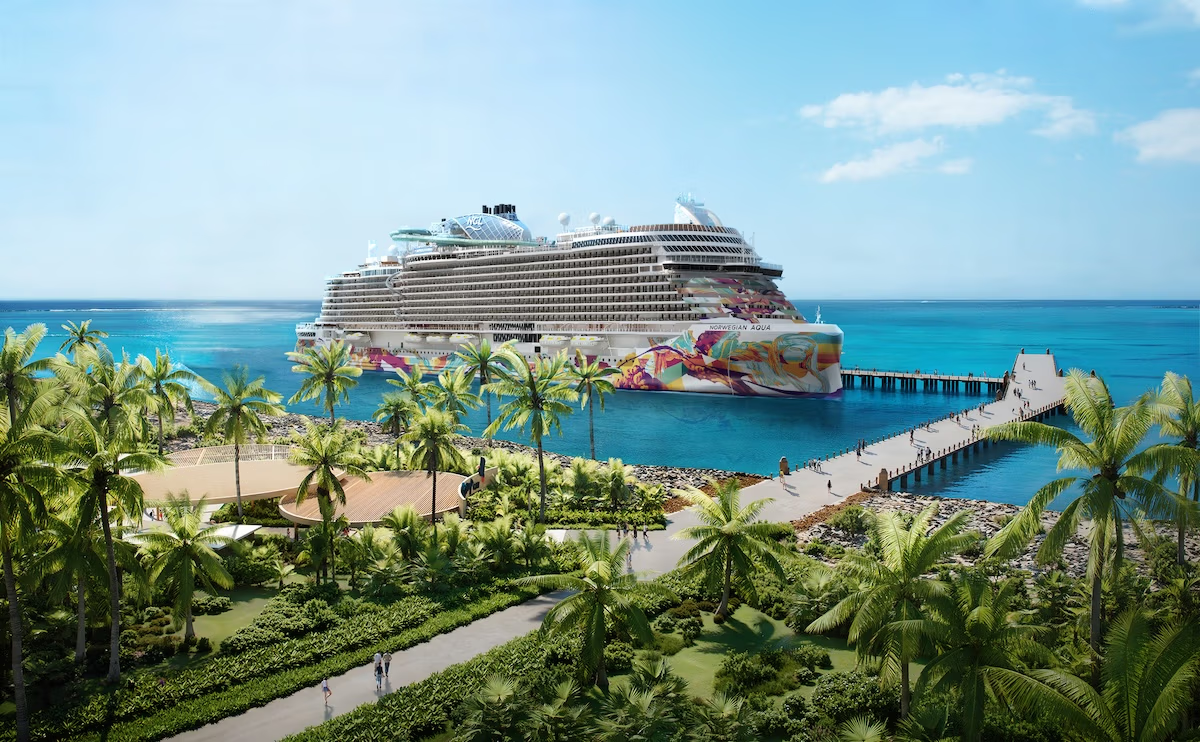In terms of cost, buying a cruise is a lot like buying a car. You see the sticker price and think you’re getting a great deal, but by the time all the taxes and fees are added, suddenly, the price has gone up significantly.
The “Hidden” Cruise Expenses You’re Paying For

They say the devil’s in the details; in this case, they’re right. Those details are outlined in the fine print of the cruise contract that we all “click here” to indicate we’ve read when, in fact, we’ve barely glanced at it in our rush to get to the Lido deck.
If you stop to read that cruise contract (Bring your magnifying glass!), you’ll find out all kinds of things, including what expenses are being passed along to the consumer and expenses that aren’t but can be at the cruise line’s discretion.
Read Your Cruise Contract
Here’s one section from Carnival Cruise Line’s cruise contract:
“Cruise Fare does not include Cruise Taxes, Fees, and Port Expenses. [Those] may include any and all fees, charges, tolls and taxes imposed on Carnival, by governmental or quasi-governmental authorities, as well as third party fees and charges arising from a vessel’s presence in a harbor or port.
Cruise Taxes, Fees, and Port Expenses may include US Customs fees, head taxes, Panama Canal tolls, dockage fees, wharfage fees, inspection fees, pilotage, immigration and naturalization fees, Internal Revenue Service fees, environmental fees, as well as fees associated with navigation, berthing, stevedoring, baggage handling/storage, and security services.
FACT CHECK: Do Cruise Lines Pay U.S. Taxes
Cruise Taxes, Fees, and Port Expenses may be assessed per passenger, per berth, per ton, or per vessel. Assessments calculated on a per ton or per vessel basis will be spread over the number of passengers on the Vessel.
Subject to applicable laws, Cruise Taxes, Fees, and Port Expenses are subject to change, and Carnival reserves the right to collect any increases in effect at the time of sailing even if the fare has already been paid in full.”
What It All Means

In essence, the cruise contract says that if Carnival encounters an expense, it can be passed along to the passengers. Typically, the fees will vary depending on the length of the cruise, ports of call, and the homeport from which the ship sailed.
Take, for example, port of call fees. Every time a ship visits a port, the local authorities charge the cruise line a fee in exchange for the right to dock there and the various services associated with the ship’s visit. Those costs also vary from one port of call to another.
Then there’s the pilot fee. If you’ve ever wondered about that smaller boat that approaches a cruise ship as it’s headed into port, that boat carries the pilot.
It’s his or her job to go up to the bridge and guide the ship into the port. Think of it as hiring a professional driver to take you through a part of town they’re much more familiar with than you.

Cruise lines also have to pay a per-passenger fee, known as a head tax. Generally speaking, this is to help cover costs associated with passengers using the local infrastructure.
Unless otherwise negotiated, the cruise line typically pays a given amount for each passenger on board, whether they intend to disembark or not. If a port believes the local economy will be boosted enough by money passengers spend during their visit, they might negotiate a lower fee or even bypass one entirely.
Cruise expert Sherry Laskin from CruiseMaven.com told us, “Head taxes typically go to directly maintain facilities that cruise tourists use. That could be from adding more police, docking improvements, and in the case of Juneau, Alaska, funding crossing guards at the port.”
PortMiami charges a head tax of $12.74 per guest. With a mega-ship like Symphony of the Seas with 6,680-guest maximum, it can add up quickly. With a full ship, Royal Caribbean will have to pay PortMiami $85,103 per cruise.
Other Port Fees and Charges

Do you know how at the end of every cruise, you have to deal with U.S. Customs and Border Patrol? The cruise lines have to pay those agents. They also have to pay the Centers for Disease Control a fee each time the CDC does an inspection, with that charge based on the ship’s weight.
While it’s not specifically spelled out in the cruise contract that you are paying those costs, rest assured, you are.
Think of it this way: When you buy a loaf of bread, your receipt doesn’t indicate that you’re paying for all of the ingredients, the cost of manufacturing, the expense of transporting the bread, and the salary of the cashier ringing up your groceries, but you are.
How Much Do Cruise Fees Cost?
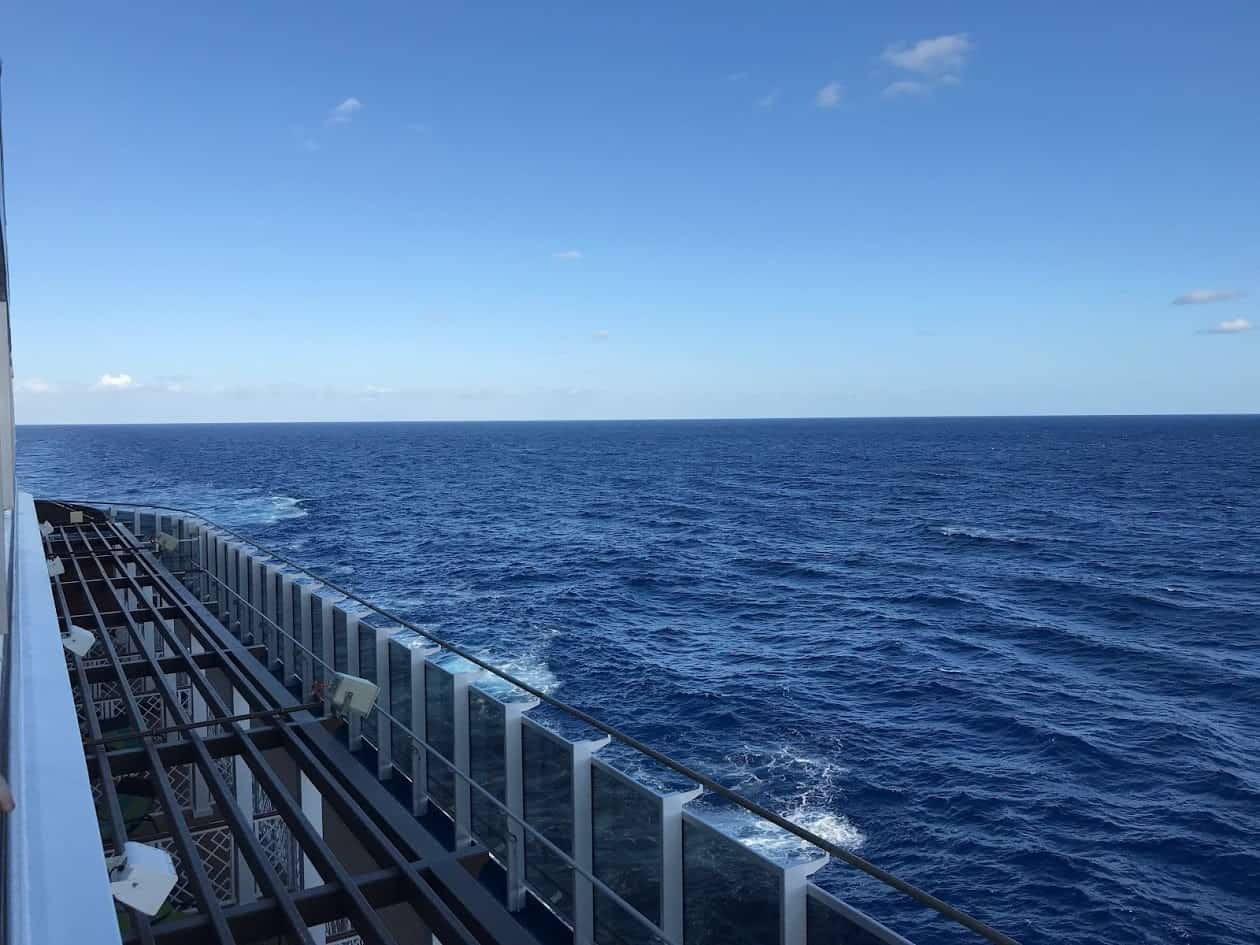
Now that we’ve talked generally about some of the fees, let’s get into specifics. While we’re not going to break down every charge, let’s look at some of the more specific ones.
Remember, we’re going to be speaking in generalities here. The numbers aren’t necessarily specific; they’re more to give you a basic idea of how costs are broken down.
Harbor Pilot Fees

A river pilot is mandatory for any foreign-flagged cruise ship that has a draft of over seven feet. Even if the ship’s captain has been into the port more than a hundred times, having a river pilot on board is still mandatory.
This is true whether a ship is inbound, outbound, or simply moving from one dock to another within the harbor.
READ MORE: 11 Questions With A Cruise Ship River Pilot
In fact, it’s actually a second-degree misdemeanor for a ship to operate under these circumstances without a pilot. If caught doing so, there’s a $5,000 fine.
The fee charged by pilots can vary by port, but it’s typically based on the ship’s length, width, weight, and draft per foot (how far the ship is underneath the waterline).
How much is the cruise ship docking fee?
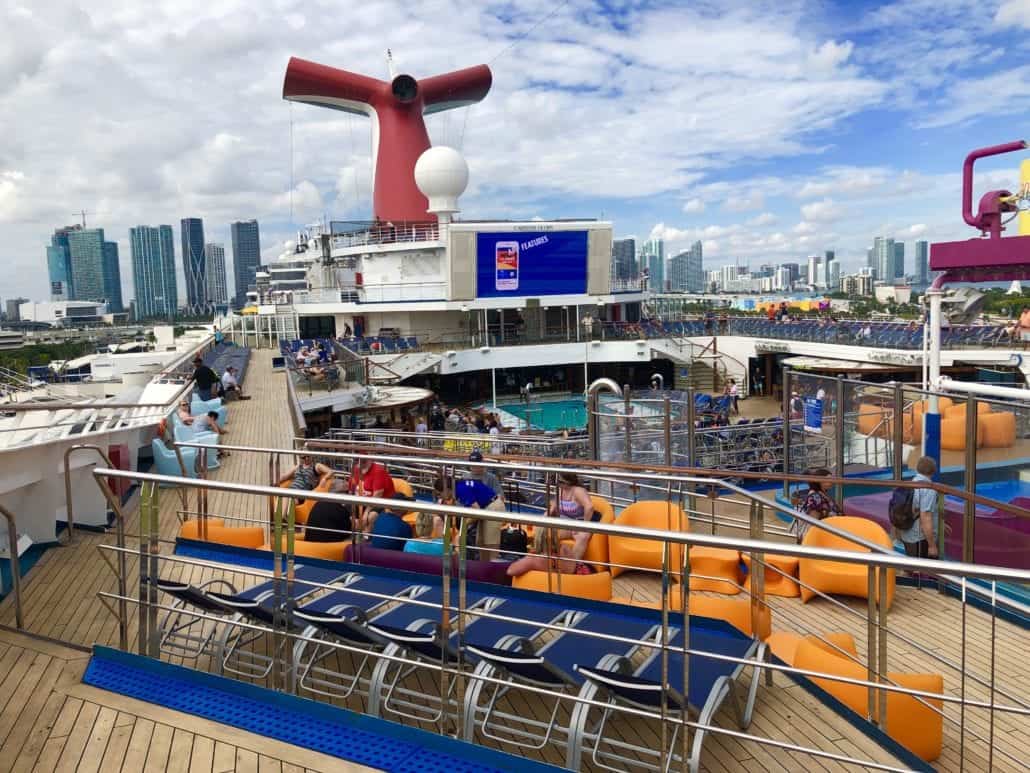
Once the pilot has safely guided the ship into the port, the next round of charges begins. Now, the cruise company has to pay for the space they’re occupying on the dock, the line handlers, and the use of the facilities at the pier.
The workers at the pier are typically members of a union, so the hourly rate tends to be pretty high.
Other costs accrued at this point might look something along these lines, keeping in mind it varies by port:
- Dockage fee: $.393 per gross registered ton
- Head tax: $12.49 per guest
- Port labor rates per hour (security, custodial, maintenance, etc.): $29-$69 per employee
This does not include the labor charges the cruise line pays for check-in agents, security agents, and wheelchair assistance. Those positions are normally contracted through third-party companies.
Centers For Disease Control (CDC) Inspection Fees

Any cruise ship carrying 13 or more passengers operating an international itinerary calling at a US port must participate in the CDC’s vessel sanitation program.
The unannounced United States Public Health inspections are conducted twice a year and help manage and control the spread of any illnesses on ships.
Vessels are scored and evaluated in a variety of areas, including proper food handling and storage, as well as galley cleanliness.
Every time a ship undergoes a USPH inspection, the cruise line has to pay a fee based on the ship’s gross registered tonnage.
For example, any ship in the range of 120,001 to 140,000 gross registered tons is charged a fee of $17,940.
Ships with greater than 140,0001 tons have to pay a fee of $23,920.
By The Numbers

Now that we’ve looked at all of the various fees involved in a general sense let’s get more specific. We can do so by looking at the various fees the Carnival Vista pays when it visits PortMiami.
Note these fees won’t be exact because every ship requires a different amount of manpower, and port agreements vary by cruise line, but you’ll get a pretty good idea of what’s involved.
Pilotage Fee For Carnival Vista in PortMiami:
The below figures are based on the published pilot rates in PortMiami and do not include any discounts or negotiated rates the cruise line has with the Miami Pilots.
- Length Charge: $1,104.27
- Width Charge: $747.27
- Draft Fee: $842.67
- Gross Tonnage Fee: $2,082.60
- Harbor Control Rate: $104.04
TOTAL: $4,880.85 x 2 (inbound and outbound) = $9,761.70
Docking Fees and Taxes For Carnival Vista at Port Miami
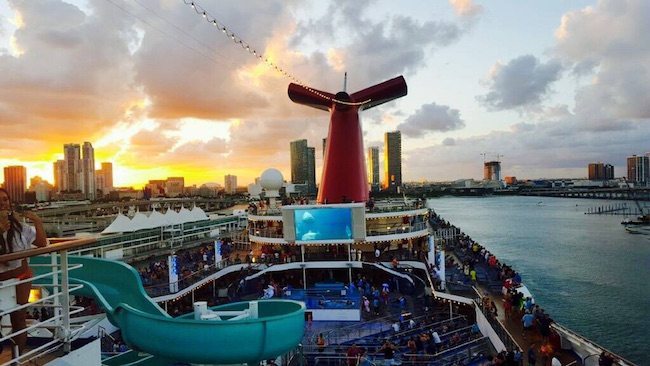
Cruise passenger vessels are assessed fees at PortMiami on the basis of each gross registered ton per 24‐hour period or fraction thereof at the rate of .393.
- Harbor fee: $525
- Docking Fee for 12 hours (based on 133,500 tons): $26,232.75
TOTAL: $26,757.75
The above figures are based on the PortMiami’s published fees and do not include any discounts or negotiated rates the cruise line has with the Miami Pilots.
Now, none of what we’ve shared here will make it hurt any less when those fees are added, and the cost of your “bargain” cruise suddenly jumps up exponentially. But at least when you see that line reading “Port Fees, Taxes, etc..” you’ll have a better understanding of exactly what it is you’re paying for and why.


